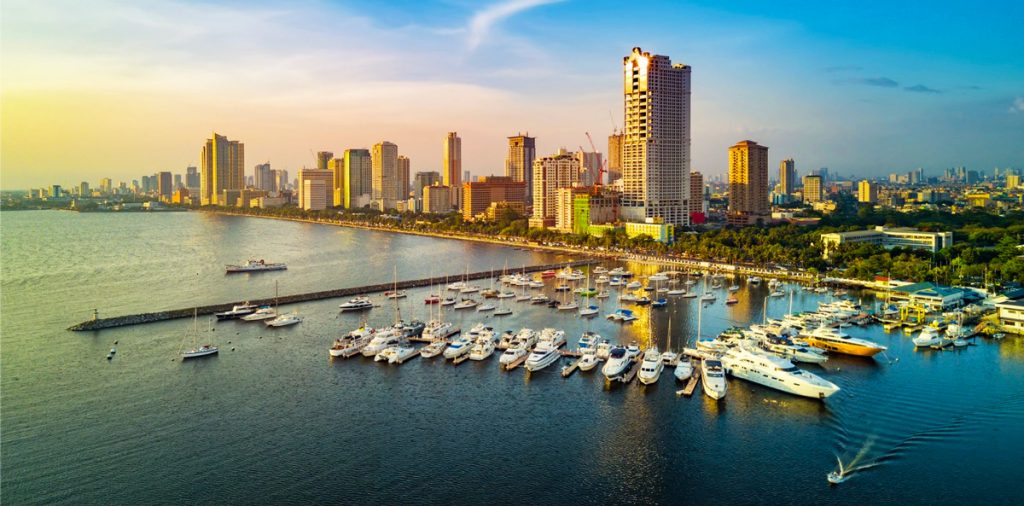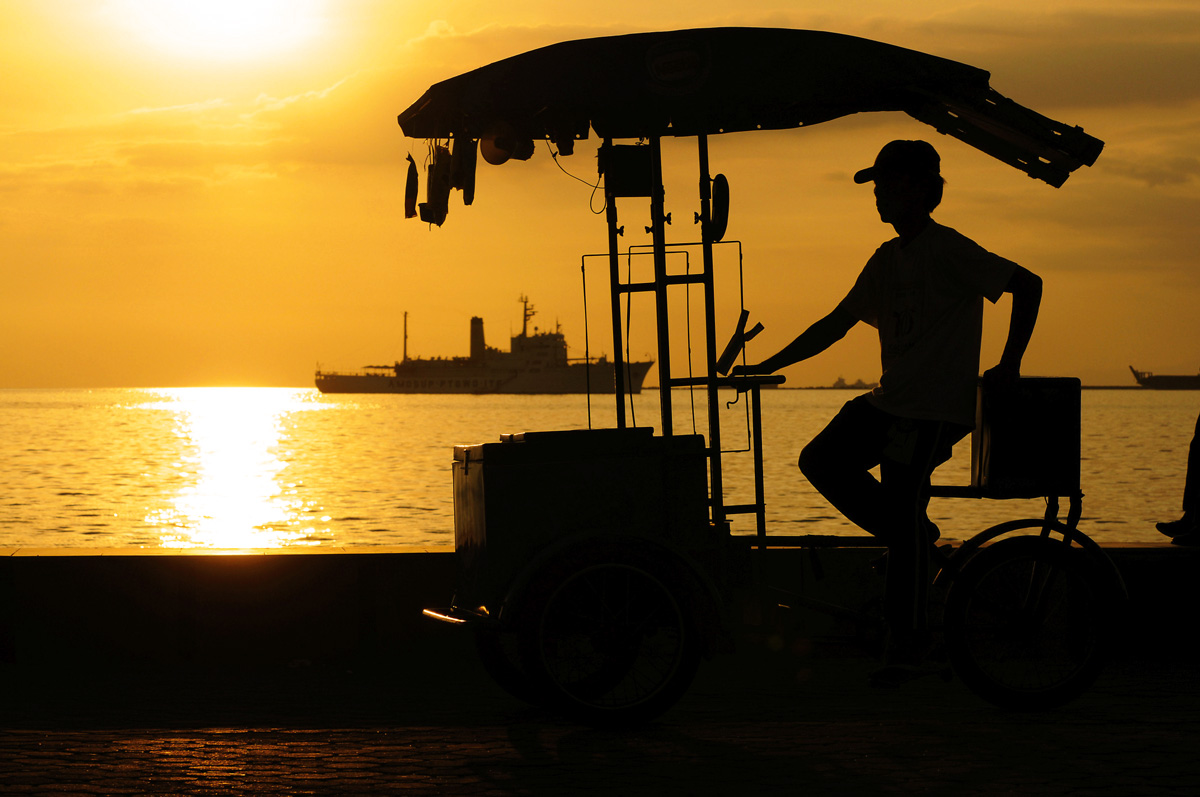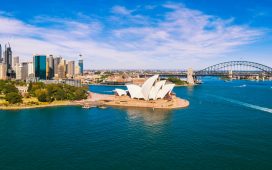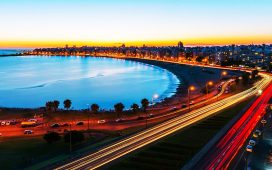Manila, the bustling capital of the Philippines, is a city of contrasts—where centuries-old churches stand beside glass skyscrapers, jeepneys weave through modern highways, and the scent of street food drifts into the rhythm of karaoke nights. It’s a place where Spanish colonial past, vibrant Filipino traditions, and cosmopolitan modernity converge. Travelers arriving here are often surprised: Manila is not just a stopover but a vibrant mosaic of culture, resilience, and discovery. With its infectious energy and warmth, the city invites you to dig deeper into its neighborhoods, history, and food scene, uncovering layers that are both unexpected and unforgettable.
History & Heritage
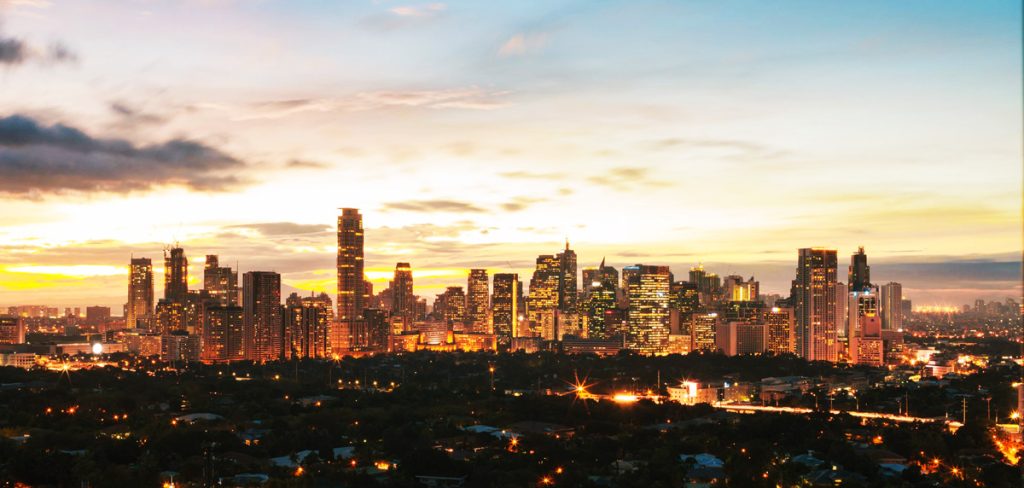
Manila’s roots stretch back to pre-colonial settlements along the Pasig River, where trade with Chinese and Malay merchants flourished. In 1571, Spanish conquistadors established Intramuros, a walled city that became the colonial seat of power for over 300 years. The echoes of this era remain in stone churches, fortresses, and cobblestone streets. Manila also witnessed devastation during World War II, rebuilding itself into the resilient capital it is today. History here is not confined to museums—it’s alive in architecture, plazas, and traditions that still shape everyday life. Every turn reveals a reminder of how Manila has endured upheaval yet retained its soul.
Landmarks
From fortress walls to gilded altars, Manila’s landmarks trace centuries of upheaval and renewal. Start inside the old city, then step out into sprawling parks and the world’s oldest Chinatown for a fuller picture of Manila’s character. Each stop offers both a glimpse of the past and a snapshot of modern Filipino life.

- San Agustin Church – The country’s oldest stone church and a UNESCO World Heritage Site, with ornate interiors and a historic monastery museum.
- Intramuros – Manila’s historic heart, with its walls, bastions, and cobblestone lanes leading you back in time.
- Fort Santiago – A Spanish fortress turned national shrine, best known for housing Dr. José Rizal before his execution.
- Rizal Park (Luneta) – A vast green space commemorating the Philippines’ national hero, and a favorite spot for local gatherings.
- Binondo – The world’s oldest Chinatown, alive with temples, eateries, and vibrant market stalls.
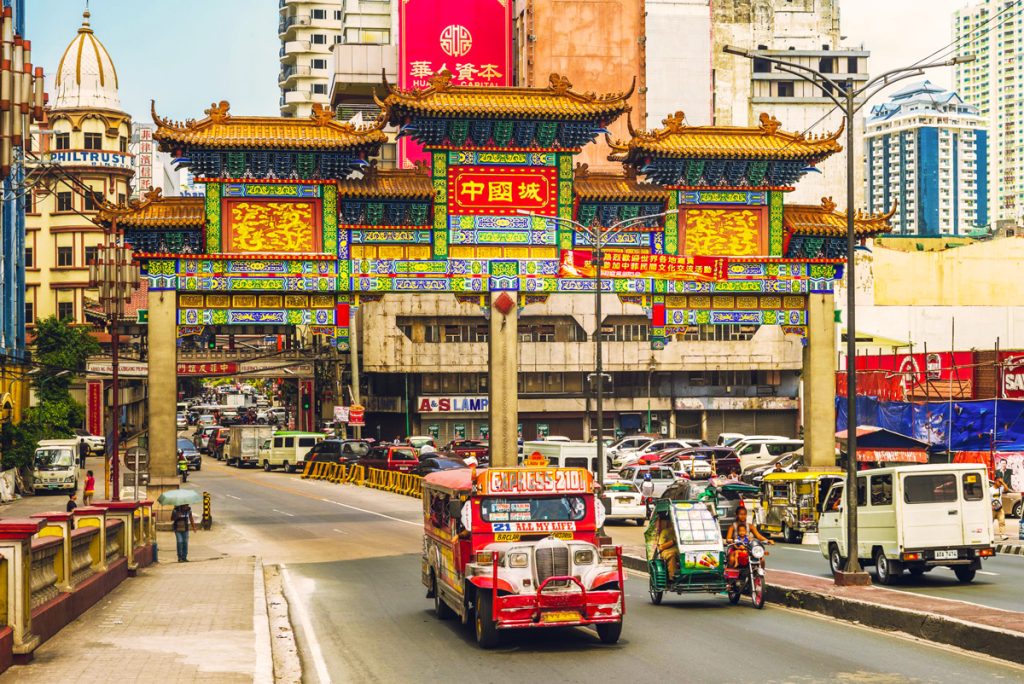
Museums & Culture
Manila’s museums capture both the sweep of national history and the pulse of contemporary Filipino creativity. Pair galleries with performance spaces and street markets to feel the city’s cultural spectrum in motion. These cultural touchpoints offer an authentic sense of how art, heritage, and community shape the capital’s identity.

- National Museum Complex – From fine arts to anthropology, this museum cluster is the city’s cultural powerhouse.
- Ayala Museum – Known for its dioramas chronicling Philippine history and modern art exhibitions.
- Cultural Center of the Philippines – The stage for ballet, symphony, and Filipino performing arts.
- Divisoria – A sprawling, chaotic market district where you can shop for anything from textiles to trinkets at bargain prices.
- Quiapo – Home to the Quiapo Church (Basilica of the Black Nazarene), one of the most important religious sites in the country. The neighborhood around it is also famous for fortune tellers, herbal medicine stalls, and vibrant street life, making it a fascinating cultural crossroads.

Hidden Gems
Beyond the headline sights, quiet pockets and retro streets reveal Manila’s softer side. Seek out restored architecture, unusual instruments, and leafy circles of calm amid the urban rush. These treasures are often overlooked by tourists, but they provide some of the most memorable and personal experiences.

- Paco Park – Once a cemetery, now a serene circular park where concerts are occasionally held.
- Escolta Street – A nostalgic lane showcasing Art Deco architecture, vintage shops, and indie cafés.
- The Ruins in Intramuros – Remnants of war-damaged buildings that tell powerful stories of survival.
- Las Piñas Bamboo Organ – A rare 19th-century organ made entirely of bamboo pipes, still in use today.

Nature & Outdoors
Manila’s green escapes bookend the city’s bustle with sunsets, lakeside paths, and wildlife sanctuaries. Use these open-air breaks to reset between museum-hopping and food crawls. Even a short pause in these spots helps balance the city’s intensity with refreshing tranquility.
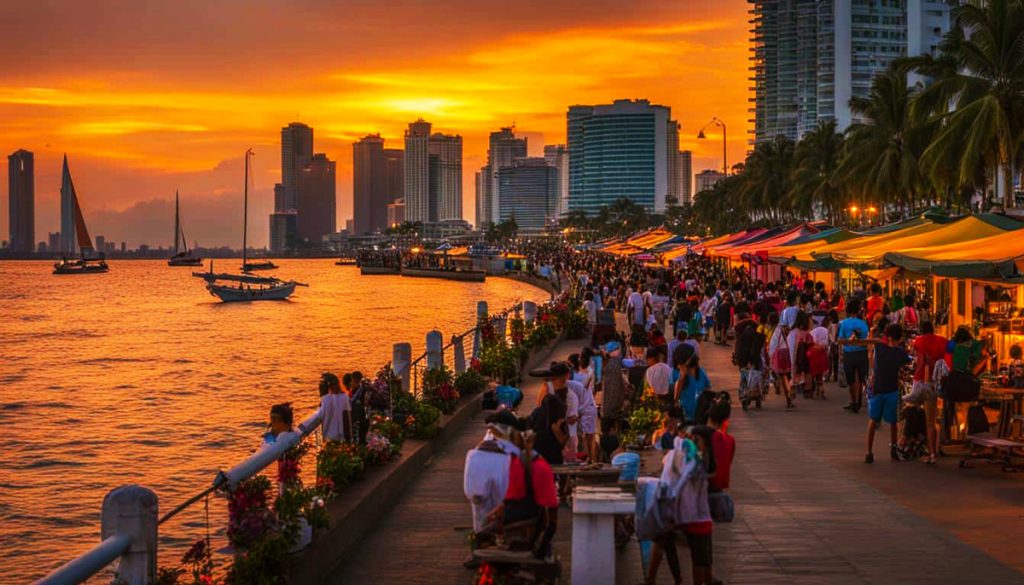
- Manila Baywalk – Famous for its golden sunsets, perfect for an evening stroll.
- La Mesa Eco Park – A green oasis with trails, gardens, and boating opportunities.
- Roxas Boulevard – A scenic waterfront drive lined with palm trees and cultural landmarks.
- Ninoy Aquino Parks & Wildlife Center – A natural refuge for flora, fauna, and rescued Philippine animals.
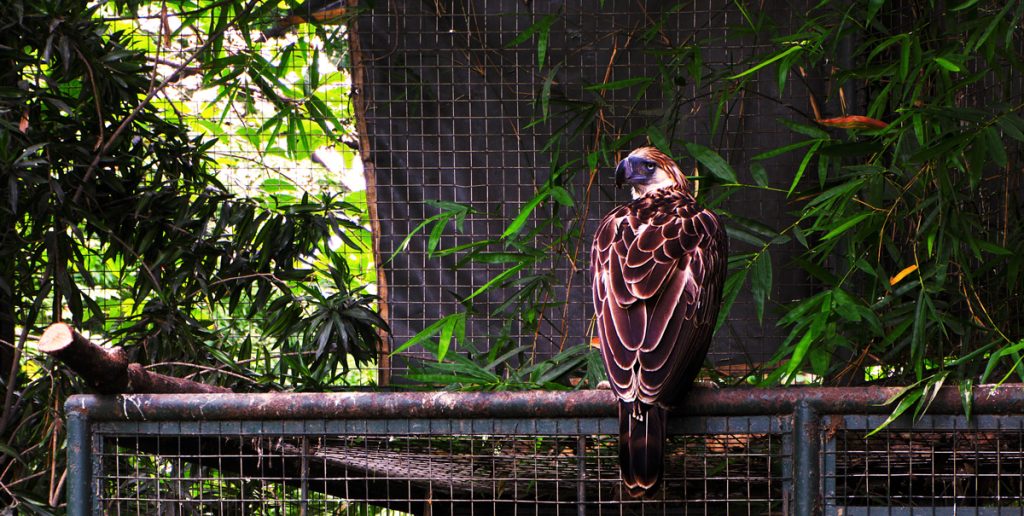
Spotlight: Intramuros – The Walled City
Step inside Intramuros, and you’ll find yourself in a Manila that feels suspended in time. Cobblestone streets wind past Spanish-era churches, plazas, and ancestral homes, while kalesa (horse-drawn carriages) clip-clop through the gates. Highlights include San Agustin Church, Plaza San Luis with its reconstructed colonial homes, and the powerful Fort Santiago. But Intramuros is not just a relic—it’s alive with cafés, art spaces, and even immersive tours that bring history to life at night with stories of ghosts, revolutionaries, and resilience. To walk these walls is to step into Manila’s soul, where past and present meet seamlessly.
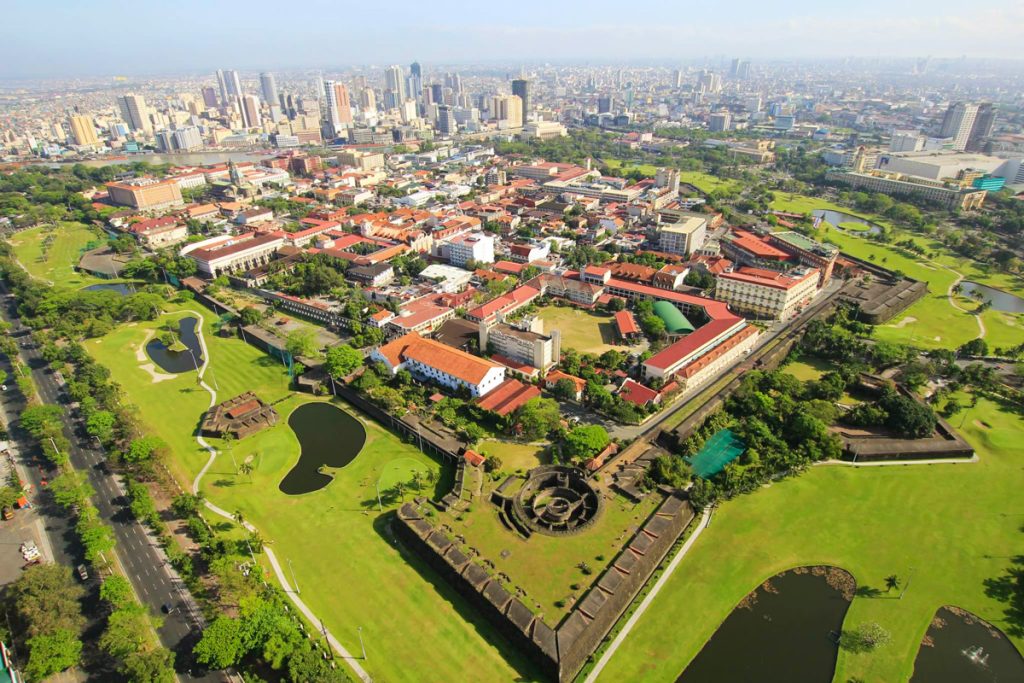
What makes Intramuros especially compelling is its ability to bridge eras. Within the span of a few blocks, you can stand in centuries-old churches, sip coffee in modern rooftop cafés, and listen to student bands performing in plazas where revolutionaries once stood. The district is both a classroom and a playground—anchored in history yet vibrant with creativity. For first-time visitors, a full day here is essential, not only to admire the architecture but also to feel how this walled city continues to shape Manila’s identity.
Food & Dining
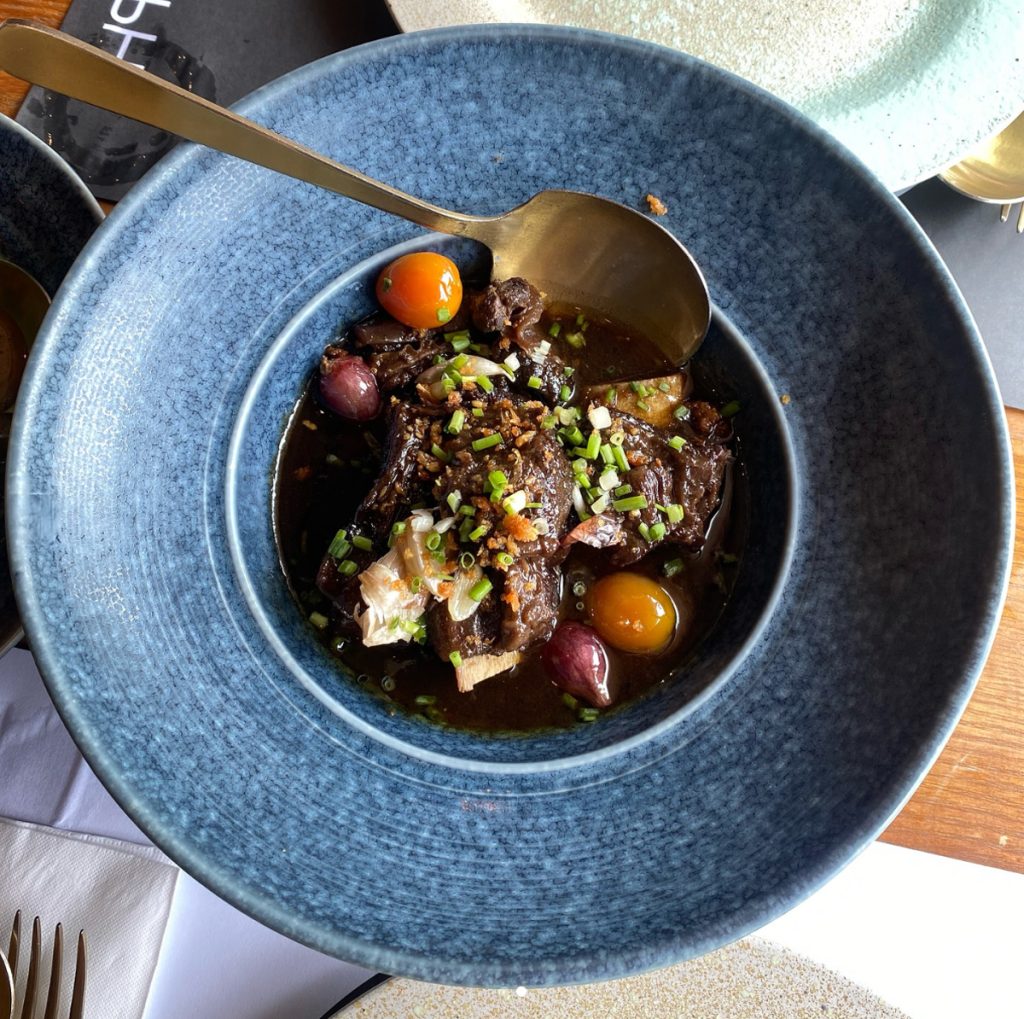
Manila eats are big-hearted and flavor-forward—equal parts heritage recipes and playful reinventions. Mix refined dining with market snacks and a Binondo crawl for the full culinary arc. The food here is as much about sharing and community as it is about flavor.
- Locavore – Filipino classics with modern twists, like sizzling sinigang.
- Ilustrado – Fine dining inside Intramuros serving Spanish-Filipino heritage cuisine.
- Manam Comfort Filipino – Beloved for its oversized servings of kare-kare and sisig.
- Street Food Adventures – Sample kwek-kwek (quail eggs in orange batter), isaw (grilled intestines), and halo-halo for a true taste of the city.
- Wai Ying Fast Food – Known for its Cantonese-style dim sum, roast meats and lively atmosphere. It’s perfect when you want something authentically Chinese but still accessible.
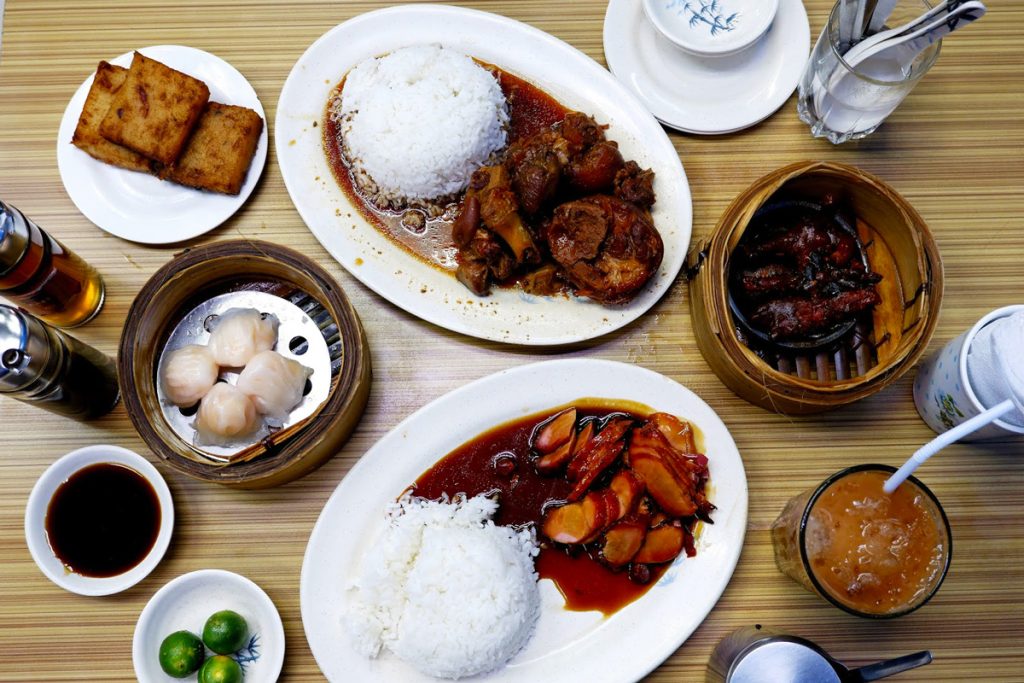
Where to Stay
Choose your base by vibe: historic walls and rooftops for romance, Makati for polish, or social hostels for skyline sundowners. Manila’s hospitality is warm everywhere you land. Whether you’re here for leisure or a layover, there’s a stay to match your pace.
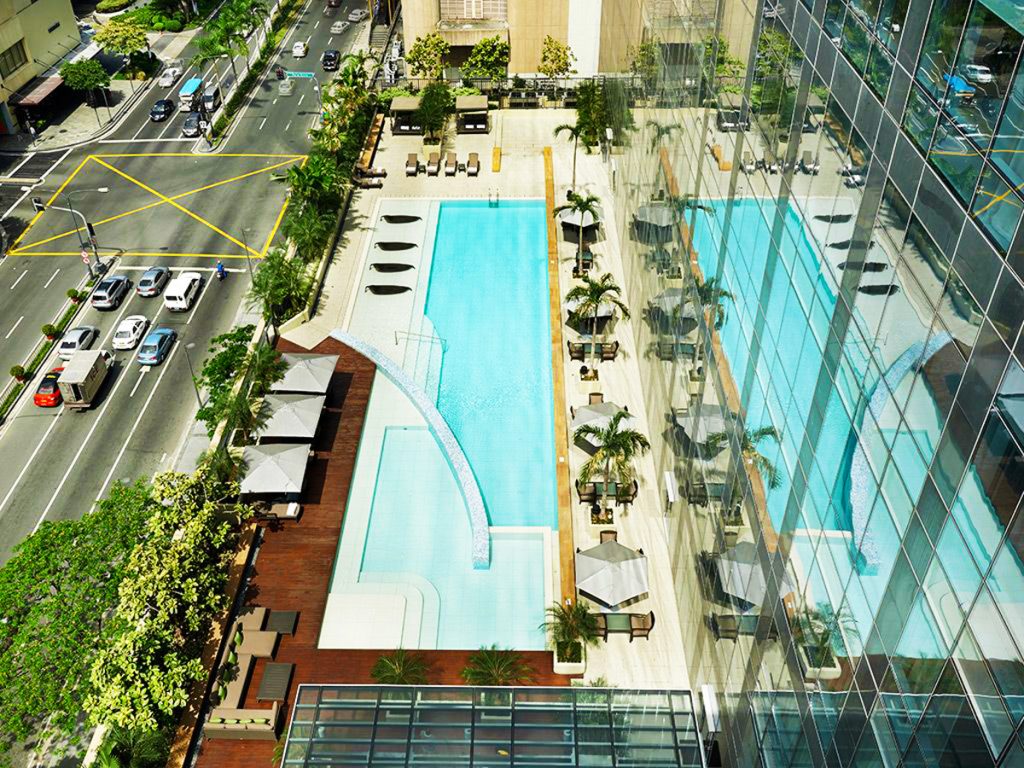
- Luxury: Fairmont Makati – Timeless elegance in the heart of Makati with skyline views, excellent service and refined amenities.
- Mid-Range: Seda Vertis North – Modern comforts with easy access to Quezon City’s nightlife.
- Budget: Z Hostel – A lively backpacker hub in Makati with a rooftop bar for social travelers.
- Boutique: The Bayleaf Intramuros – A stylish hotel inside the historic walls, offering rooftop views.
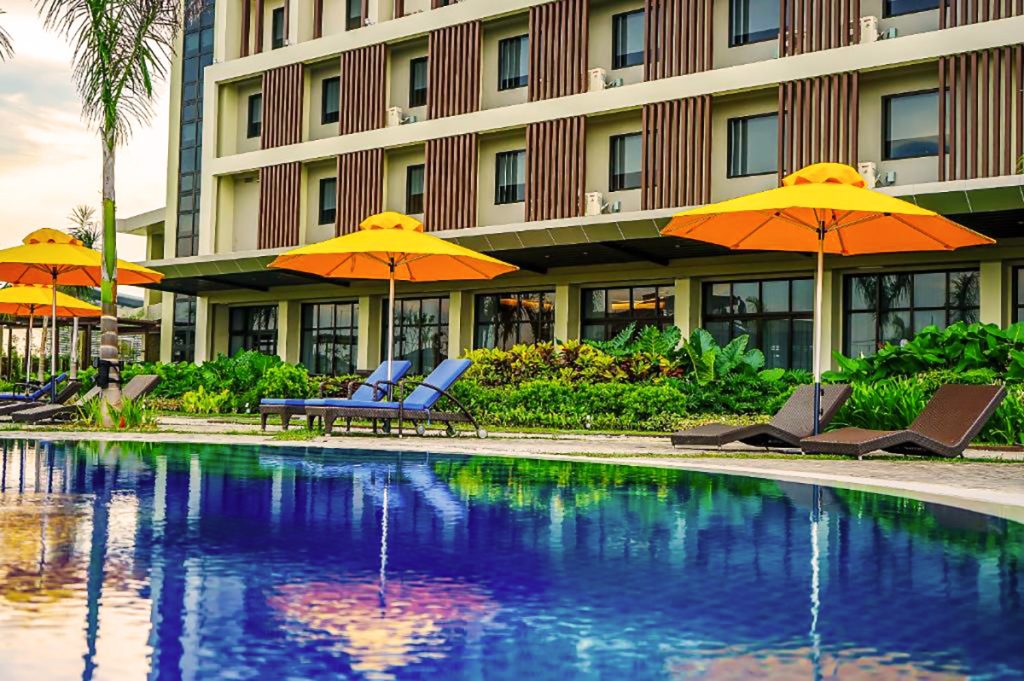
Day Trips
When the city heat builds, quick escapes put cool air, coastlines, and wartime history within easy reach. Plan for early departures to maximize daylight and dodge traffic. These trips show just how much variety lies only an hour or two from the capital.

- Tagaytay – Just an hour away, known for cool weather, views of Taal Volcano, and cozy cafés.
- Corregidor Island – A ferry ride away, this World War II site offers guided historical tours.
- Pagsanjan Falls – Take a scenic boat ride through gorges to reach this majestic waterfall.
- Batangas Beaches – Quick seaside escapes with diving, snorkeling, and sandy shores.
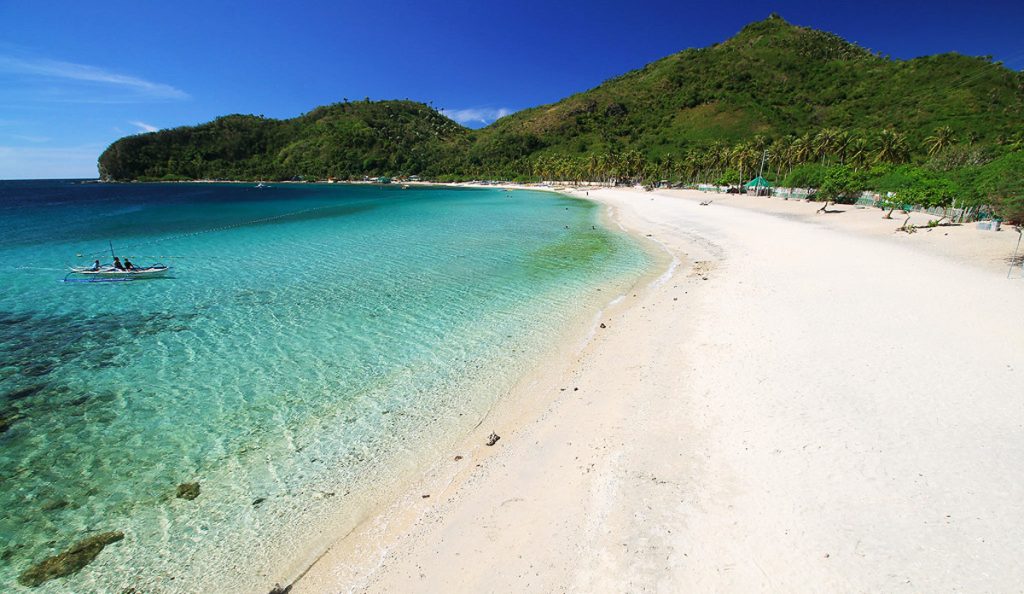
Final Thoughts
Manila is more than its first impressions of chaos and traffic; it’s a city that rewards those who linger. Beneath its busy streets lies a deep well of history, culture, and warmth that can only be felt by walking its plazas, tasting its dishes, and engaging with its people. For me, Manila is a place of resilience—a city that has endured and transformed yet never lost its spirit. Whether you stay for a few days or use it as a gateway to the islands, Manila will surprise you, challenge you, and ultimately welcome you with open arms.
